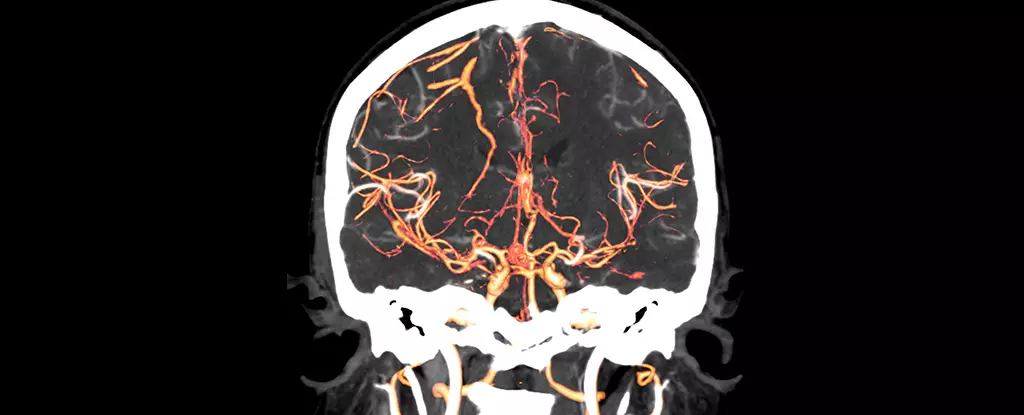

Recent advancements in neurological research have shed light on potential locations in the brain where schizophrenia may first emerge. A groundbreaking study conducted by an international team of researchers utilized a unique analytical process called ‘epicenter mapping’ to examine the brain scans of individuals with schizophrenia compared to healthy controls. The findings suggested that abnormalities in two specific brain structures, Broca’s area and the frontoinsular cortex, may play a significant role in the onset of schizophrenia. This novel approach provides valuable insights into the complex nature of the disorder, offering a new perspective on its origins and progression.
Psychiatrist Lena Palaniyappan from McGill University emphasized the importance of recognizing that each person suffering from schizophrenia has a distinct starting point in the brain. This individualized approach could potentially explain the variations in symptoms observed among patients with schizophrenia. While the disorder manifests differently in different individuals, there appears to be a common underlying process that leads to subtle changes in brain structure. By identifying these unique starting points, researchers hope to enhance our understanding of schizophrenia and develop targeted treatments to address specific cognitive and emotional impairments associated with the disorder.
One of the challenges in managing schizophrenia effectively lies in identifying the most suitable treatments for each patient. The use of epicenter mapping could revolutionize the way healthcare professionals diagnose and treat individuals with schizophrenia. By analyzing standard MRI brain scans, medical specialists may be able to pinpoint the areas of the brain most affected by the disorder, offering valuable insights into the underlying mechanisms of schizophrenia. This innovative approach holds great promise for tailoring treatments to meet the individual needs of patients, ultimately improving outcomes and quality of life for those affected by the disorder.
Schizophrenia remains a complex and enigmatic neurological disorder, affecting a significant portion of the global population. The exact causes of schizophrenia are multifaceted, making it challenging to predict who is at risk of developing the disorder. Recent studies have uncovered intriguing correlations, such as the link between cat ownership and schizophrenia risk, suggesting a potential environmental factor in the development of the disorder. Furthermore, research indicates that certain brain abnormalities associated with schizophrenia may begin during fetal development, highlighting the importance of early detection and intervention in managing the condition.
The pioneering work of researchers utilizing epicenter mapping offers a glimpse into the future of schizophrenia research. By gaining a deeper understanding of the brain regions implicated in the disorder, scientists aim to unravel the complexities of schizophrenia and pave the way for more effective treatments. Computer scientist Jianfeng Feng from Fudan University in China underscored the significance of early identification of brain abnormalities associated with schizophrenia, potentially enabling interventions before symptoms become apparent. As the field of neurology continues to evolve, new technologies and analytical approaches hold promise for advancing our knowledge of schizophrenia and transforming the landscape of mental health care.
Rogue waves have long been a subject of fascination and terror in maritime lore. These…
As the world grapples with public health challenges, especially those posed by infectious diseases, the…
The Sombrero Galaxy, also known as Messier 104, embodies a breathtaking blend of spirals and…
In recent advances in quantum electronics, a groundbreaking discovery leveraging the concept of kink states…
In the intricate tapestry of nature, ice often exists in a delicate balance with liquid…
In an astonishing event that captured global attention, a rogue object from beyond our Solar…
This website uses cookies.